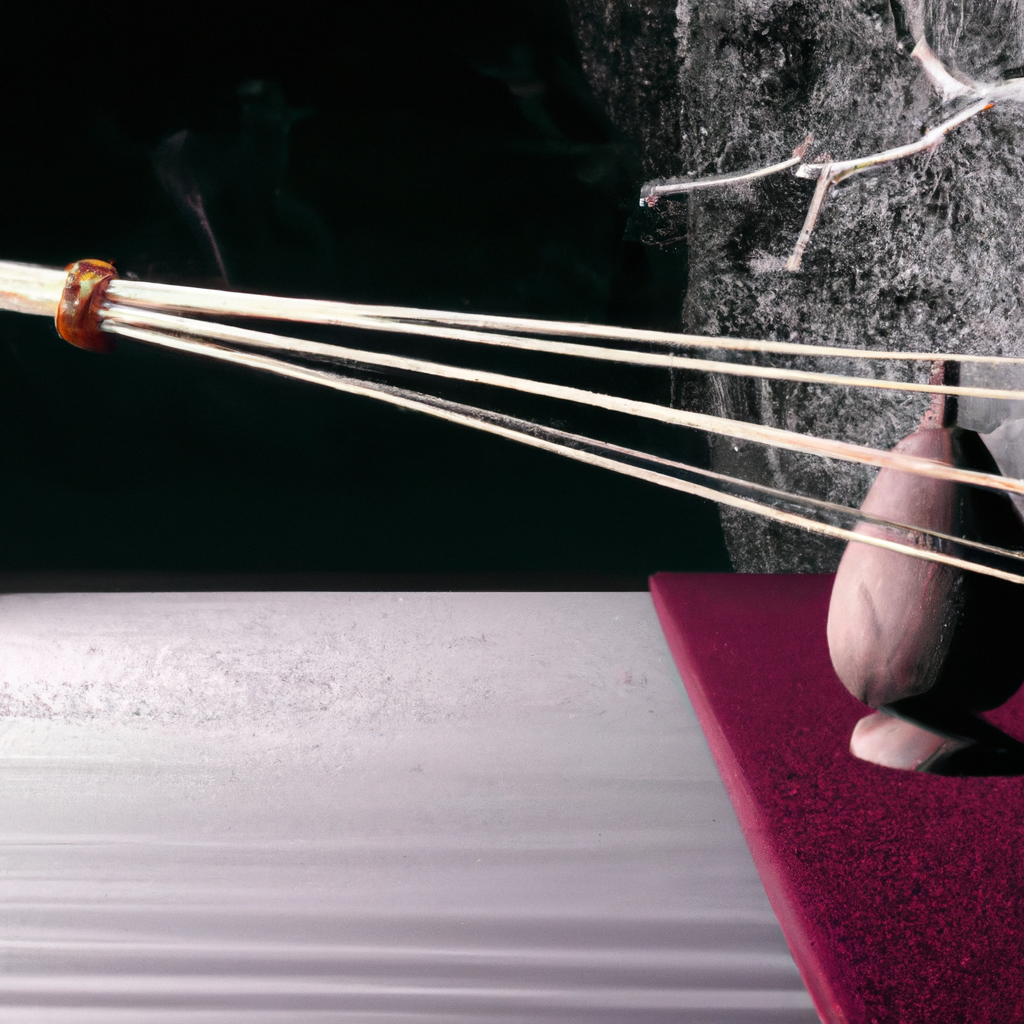Feng Shui principles in home design have been gaining popularity in recent years as people seek to create a harmonious living space. Feng Shui is a Chinese philosophy that focuses on the spatial arrangement of objects and furniture placement to ensure the flow of positive energy in the home. In this article, we will explore the principles of Feng Shui in home design, including energy flow, harmony, spatial arrangement, furniture placement, color psychology, and more.
Energy Flow
The first principle of Feng Shui in home design is energy flow. It is believed that energy, or Qi, flows through the home, affecting our health and well-being. To ensure proper energy flow, it is essential to keep the space clutter-free and well-organized. This means that you should get rid of any unnecessary items and keep the space clean and tidy.
Harmony
Another principle of Feng Shui in home design is harmony. This involves creating a balanced and harmonious environment that promotes peace and tranquility. To achieve this, it is essential to use natural materials, such as wood and stone, and incorporate elements of nature, such as plants and water features, into the design.
Spatial Arrangement
Spatial arrangement is also a critical principle of Feng Shui in home design. It is believed that the way furniture and objects are arranged in a space can affect the energy flow and overall harmony of the home. To ensure proper spatial arrangement, it is essential to consider the size and shape of the room, as well as the function of each space.
Furniture Placement
Furniture placement is another essential principle of Feng Shui in home design. It is recommended that furniture be placed in a way that promotes conversation and interaction, rather than creating barriers. For example, placing a sofa against a wall can create a sense of separation, while placing it in the center of the room can promote conversation.
Color Psychology
Color psychology is also an important principle of Feng Shui in home design. Different colors can affect our moods and emotions, so it is important to choose colors that promote a sense of calm and relaxation. For example, blue is known to promote relaxation, while red is known to promote energy and excitement.
Lighting
Lighting is another important aspect of Feng Shui in home design. It is recommended that natural light be incorporated into the design as much as possible, as it promotes a sense of well-being and vitality. It is also important to use soft, warm lighting to create a cozy and inviting atmosphere.
Conclusion
In conclusion, the principles of Feng Shui in home design focus on creating a harmonious and balanced environment that promotes positive energy flow. By following these principles, you can create a living space that is both aesthetically pleasing and conducive to your health and well-being. Consider incorporating these principles into your own home design to create a space that promotes peace, tranquility, and happiness.







